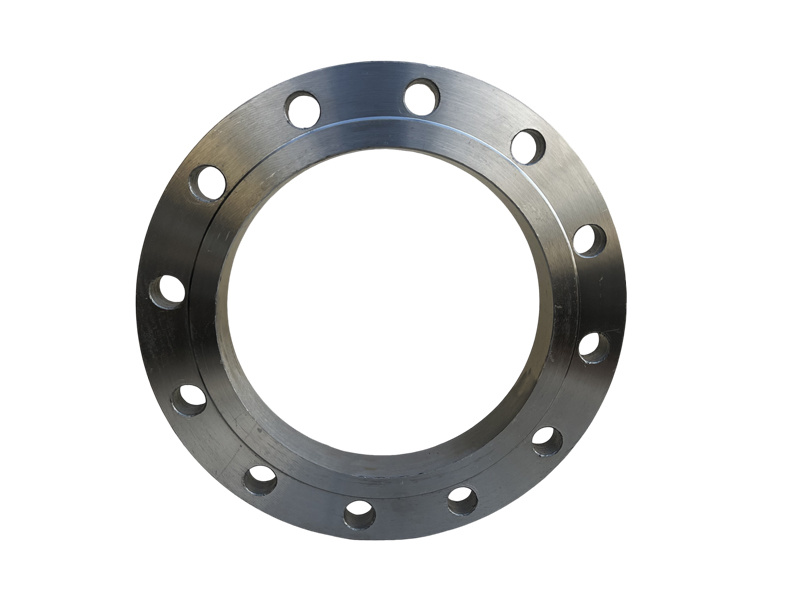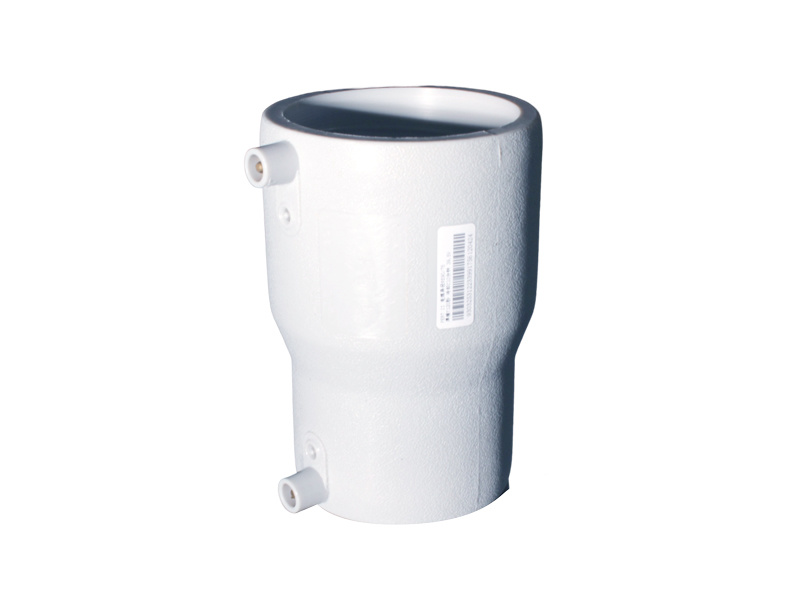-
Exploring the Advantages of Concentric Pipe Fittings in the Construction Industry
Date:
28 Jul,2025
Exploring the Advantages of Concentric Pipe Fittings in the Construction Industry Table of Contents 1. Introduction to Concentric Pipe Fittings 2. Design and Structure of Concentric Pipe Fittings 3. Key Benefits of Using Concentric Pipe Fittings 4. Applications in Construction 5. Types of Materials Used 6. Installation Process of Concentric Pipe Fittings 7. Maintenance and Care 8.
Exploring the Advantages of Concentric Pipe Fittings in the Construction Industry
Table of Contents
- 1. Introduction to Concentric Pipe Fittings
- 2. Design and Structure of Concentric Pipe Fittings
- 3. Key Benefits of Using Concentric Pipe Fittings
- 4. Applications in Construction
- 5. Types of Materials Used
- 6. Installation Process of Concentric Pipe Fittings
- 7. Maintenance and Care
- 8. Frequently Asked Questions
- 9. Conclusion
1. Introduction to Concentric Pipe Fittings
Concentric pipe fittings are vital components in various plumbing and construction applications. They are designed to connect pipes of various diameters, allowing for a seamless flow of fluids while maintaining pressure integrity. Understanding the unique features and benefits of concentric fittings is crucial for construction professionals looking to optimize their projects.
In this article, we will explore the multifaceted benefits of concentric pipe fittings, including their structural advantages, installation efficiency, and their role in cost-effectiveness. By the end, you will have a comprehensive understanding of why these fittings are essential in modern construction.
2. Design and Structure of Concentric Pipe Fittings
Concentric pipe fittings are characterized by their unique design, which features a central hub that allows for the connection of two or more pipes. The fittings are often symmetrical, which facilitates even pressure distribution and enhances overall system durability.
The Key Features of Concentric Pipe Fittings
- **Symmetrical Design**: This design minimizes turbulence and pressure loss within the system.
- **Versatile Connections**: Suitable for different pipe sizes, providing flexibility in construction projects.
- **Durability**: Constructed from robust materials such as steel, PVC, and copper, concentric fittings can withstand high pressures and harsh conditions.
Understanding these design elements is crucial for construction professionals as they select appropriate fittings for their plumbing systems.
3. Key Benefits of Using Concentric Pipe Fittings
Using concentric pipe fittings offers numerous benefits that can significantly impact the efficiency and quality of construction projects.
Enhanced Fluid Flow
The symmetrical design of concentric fittings promotes smooth fluid flow, reducing turbulence and pressure drops. This ensures that liquids and gases are transported efficiently throughout the plumbing system.
Reduced Maintenance Costs
Due to their durable construction and reliable performance, concentric pipe fittings often require less maintenance than traditional fittings. This can lead to substantial savings over the lifespan of a construction project.
Improved Safety
Concentric fittings are engineered to handle higher pressures, reducing the risk of leaks and failures. This is particularly important in critical applications where safety is a primary concern.
Flexibility in Design
Concentric fittings allow for adaptability in pipe layouts, accommodating various angles and configurations without compromising performance. This flexibility is especially beneficial in complex construction environments.
4. Applications in Construction
Concentric pipe fittings find applications in various sectors within the construction industry. Some of the primary areas include:
Water Supply Systems
These fittings are extensively used in municipal and residential water supply systems, ensuring efficient and reliable water distribution.
HVAC Systems
Concentric fittings play a crucial role in heating, ventilation, and air conditioning systems, allowing for the safe transport of refrigerants and air.
Industrial Processes
In manufacturing and industrial settings, concentric fittings are essential for connecting pipes in fluid transport, chemical processing, and waste management systems.
5. Types of Materials Used
The choice of material for concentric pipe fittings is crucial for ensuring optimal performance and longevity. Common materials include:
Steel
Steel fittings are known for their strength and durability, making them suitable for high-pressure applications.
PVC
Polyvinyl chloride (PVC) fittings are lightweight and corrosion-resistant, ideal for water supply and drainage systems.
Copper
Copper fittings offer excellent thermal conductivity and resistance to corrosion, making them popular in plumbing and HVAC applications.
Choosing the right material is essential for ensuring that the fittings meet the specific requirements of the construction project.
6. Installation Process of Concentric Pipe Fittings
Proper installation of concentric pipe fittings is vital for ensuring the efficiency and safety of the plumbing system. Here is a step-by-step guide to the installation process:
Step 1: Preparation
Before installation, ensure that all necessary tools and materials are on hand. This includes the fittings, pipes, and appropriate sealing materials.
Step 2: Cutting Pipes
Cut the pipes to the required lengths, ensuring that the cuts are clean and straight for optimal fitting.
Step 3: Fitting the Pipes
Align the concentric fittings with the pipes, ensuring that they fit securely.
Step 4: Securing the Connection
Depending on the material, secure the connection using appropriate methods, such as welding for steel or solvent cement for PVC.
Step 5: Testing
After installation, conduct pressure tests to ensure that the system is leak-free and functioning properly.
Following these steps will help guarantee a successful installation of concentric pipe fittings.
7. Maintenance and Care
Maintaining concentric pipe fittings is crucial for ensuring their longevity and reliable performance. Here are some best practices for maintenance:
Regular Inspections
Conduct regular inspections of the fittings to check for signs of wear, corrosion, or leaks.
Cleaning
Ensure that fittings are kept clean and free from debris that could hinder performance.
Addressing Issues Promptly
If any issues are identified, address them promptly to prevent further damage and ensure the system's integrity.
Implementing these maintenance practices will help prolong the lifespan of concentric pipe fittings and enhance their performance.
8. Frequently Asked Questions
What are concentric pipe fittings?
Concentric pipe fittings are specialized connectors designed to join pipes of different diameters, ensuring smooth and efficient fluid flow.
What materials are concentric pipe fittings made of?
Common materials used for concentric fittings include steel, PVC, and copper, each suited for different applications.
Where are concentric pipe fittings used?
They are used in various applications, including water supply systems, HVAC systems, and industrial processes.
How do I install concentric pipe fittings?
Installation involves cutting pipes to length, fitting them together, securing connections, and conducting pressure tests.
How can I maintain concentric pipe fittings?
Regular inspections, cleaning, and prompt attention to any issues are essential for maintenance.
9. Conclusion
Concentric pipe fittings are indispensable components in modern construction, offering numerous benefits that enhance efficiency, safety, and cost-effectiveness. Their unique design and robust materials make them suitable for a variety of applications, from residential plumbing to industrial processes.
By understanding the advantages, installation methods, and maintenance practices related to concentric pipe fittings, construction professionals can optimize their projects for long-term success. Embracing these fittings will undoubtedly lead to improved performance and reliability in plumbing systems, ultimately contributing to the overall quality of construction projects.Related News
29 Jul,2025
Understanding BS10 Table D Flanges: Essential Knowledge for Construction and Decoration
When it comes to the construction and decoration materials sector, particularly in piping and fittings, understanding the specifics of components like BS10 Table D flanges is crucial. These flanges are part of the British Standard 10 (BS10) specification, which outlines the dimensions, tolerances, and material requirements for flanges used in various applications. Table D flanges, in particular, a
28 Jul,2025
Exploring the Advantages of Concentric Pipe Fittings in the Construction Industry
Exploring the Advantages of Concentric Pipe Fittings in the Construction Industry Table of Contents 1. Introduction to Concentric Pipe Fittings 2. Design and Structure of Concentric Pipe Fittings 3. Key Benefits of Using Concentric Pipe Fittings 4. Applications in Construction 5. Types of Materials Used 6. Installation Process of Concentric Pipe Fittings 7. Maintenance and Care 8.
27 Jul,2025
Understanding SS Concentric Reducers: Essential Components in Construction and Decoration
In the realm of construction and decorative materials, the significance of pipe fittings cannot be overstated. Among these, the SS concentric reducer stands out as a vital component, crucial for various plumbing and piping systems. Designed to connect pipes of different diameters, this fitting provides a smooth transition that minimizes turbulence, ensuring efficient fluid flow. Let’s explore the
Contact information
Address: North Ring Industrial Zone, Mengcun County
Telephone: 86 0317- 6729218 86 0317-6727320
Fax: 0317-6727310
mobile phone: 86 13833761688whatsapp: 86-13780271039
Email: shengyuanflange@163.comLeave Message










